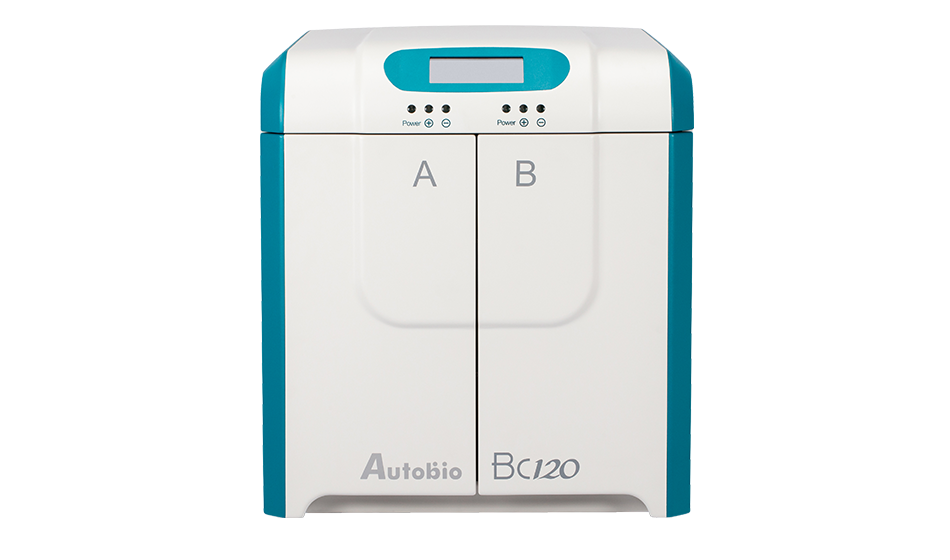

Blood culture is one of the most important and critical procedures performed in the microbiology laboratory. Since blood is normally sterile, the isolation and identification of an organism has great diagnostic significance. Blood culture is of great importance in diagnosing diseases characterized by bacteremia such as endocarditis, typhoid fever, pneumonia etc..

Anticoagulant must be used in the culture medium for the growth of microorganisms. However, some anticoagulants may be toxic for certain pathogens. In addition, many blood samples contain residual antibiotics, antibodies, ß-lysin and phagocytes which are natural bacterial inhibitors and greatly reduce chances of obtaining a positive culture. These obstacles may be overcome using SPS (sodium polyanetholsulfonate), a nontoxic anticoagulant which enables bacterial growth by counteracting or absorbing those natural bacterial inhibitors in blood. Since SPS inhibits the activity of streptomycin, polymyxin B, kanamycin and gentamicin, therapy with these antibiotics should not interfere with microbial growth in blood cultures containing this anticoagulant.
Our Blood Culture media will support the growth of a wide variety of clinically important pathogenic microorganisms, including fastidious organisms. There are hemin (x factor) and nicotinamide adenine dinucleotide (v factor) which can sustain Haemophilu1,Actinobacillus and Cardiobacterium growing, pyridoxine HCl which is absolutely vital to Streptococcus depending on Vitamin B6, SPS which can counteract antimicrobial activity of residual antibiotics and immunity factors2.
1. High sensitivity. Positive sample detection rate within 24 hours is higher than comparable products.
2. Small sample size, easy to collect. Especially good for children and old people because these population groups are prone to suffer Bacteremia and Septicemia while their immunity is usually weak causing difficulties in blood coll- ection.
[1]LaClaire L, Bronsdon M, Factor S, et al. Isolation of Haemophilus influenzae in Central Asia. Eur. J. Clin. Microbiol. Infect. Dis. 1998;17(10):746-747.
[2] Edberg SC, Edberg MK. Inactivation of the polyanionic detergent sodium polyanetholsulfonate by hemoglobin. J. Clin. Microbiol. 1983;18(5):1047-1050.
Address: NO.87 Jingbei Yi Rd, National Eco&Tech Zone, Zhengzhou, China
Email: info@autobio-diagnostics.com Tel: +86-371-6200-7036
Autobio Copyright Reserved for ICP 18006568. All Rights Reserved.



